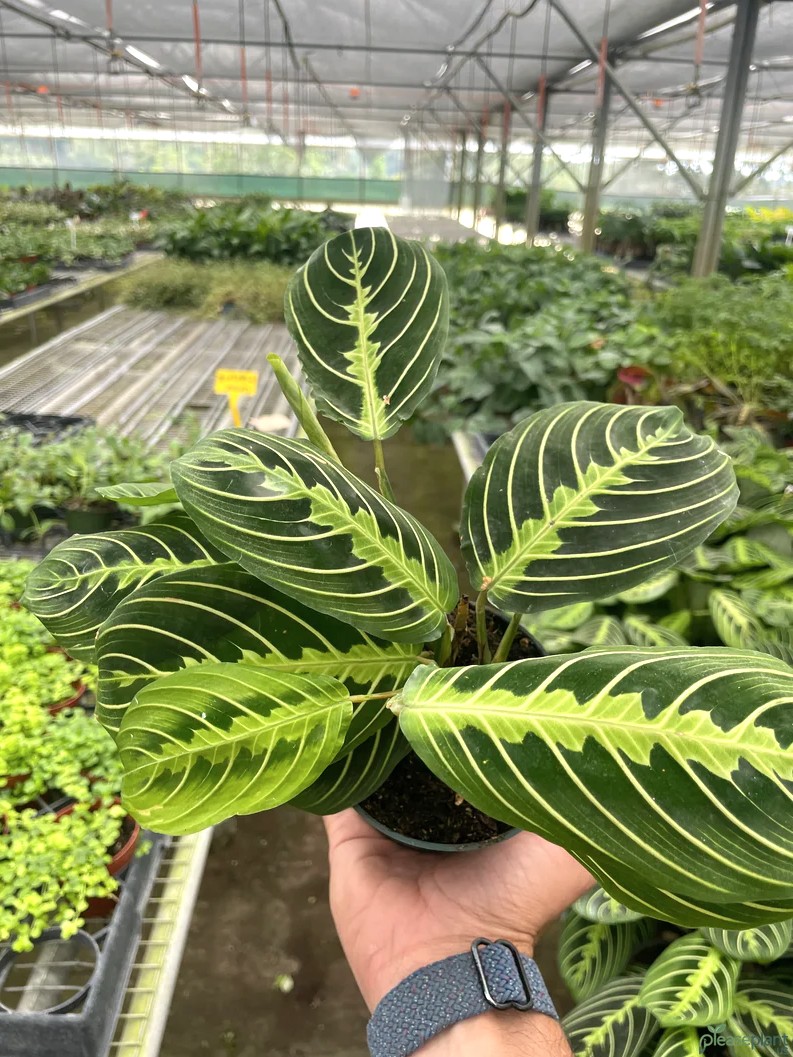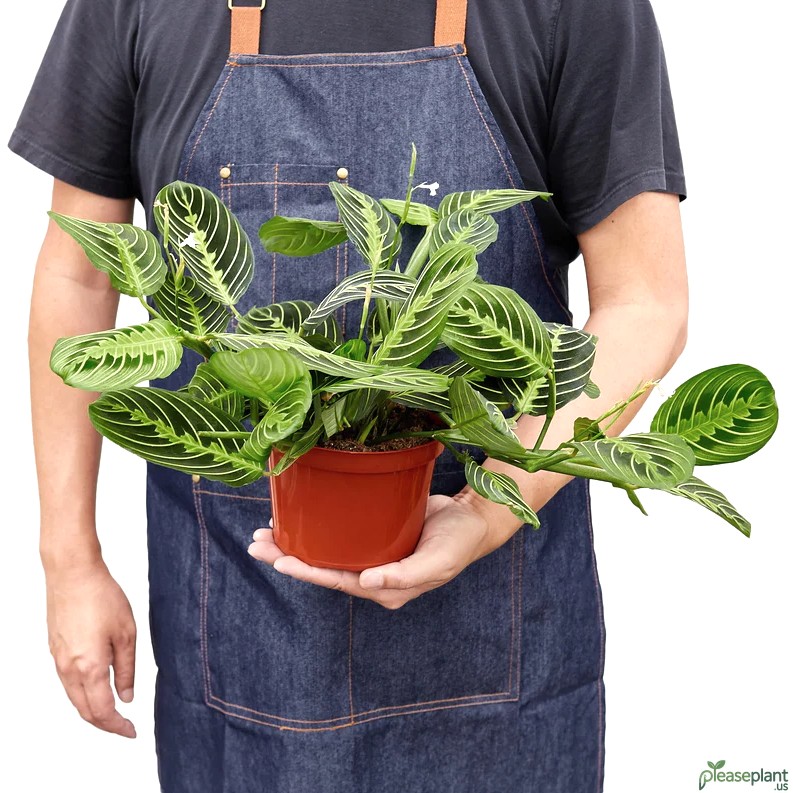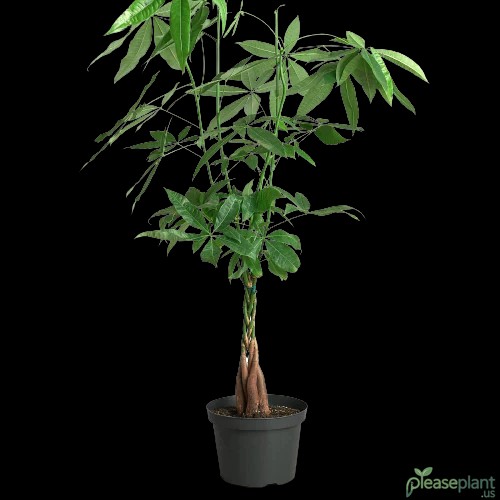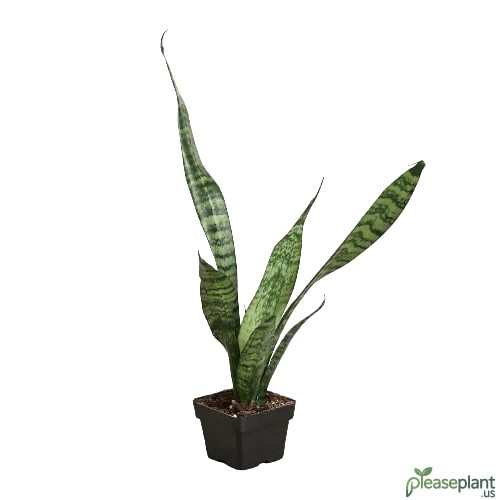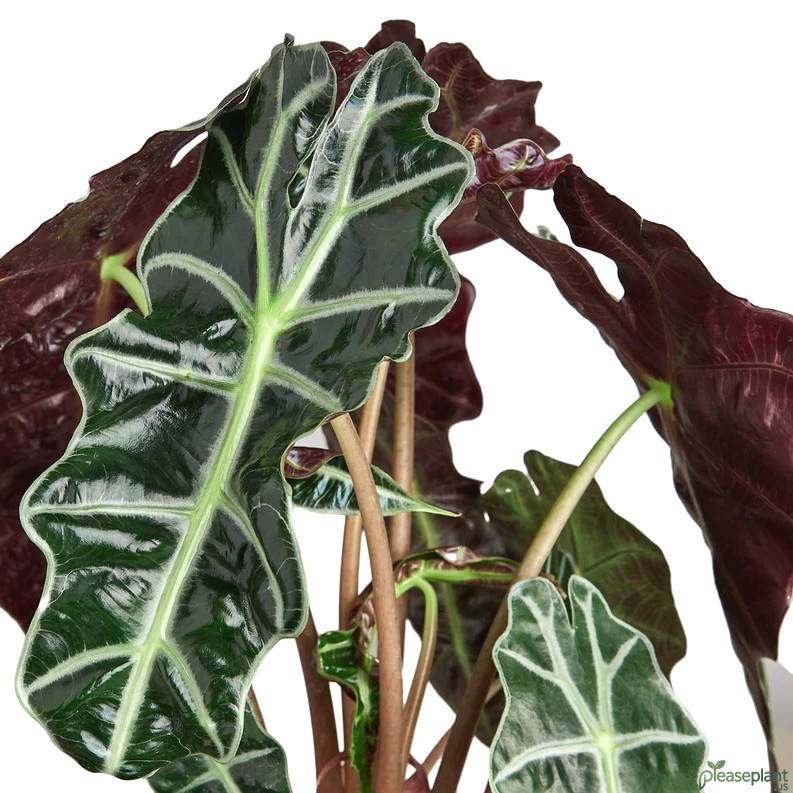Repotting a Maranta Lemon Lime Plant can be tricky but rewarding. This vibrant houseplant needs careful handling to thrive. From choosing the right pot and soil to watering tips, I’ll guide you through my personal experience repotting this beauty. Plus, a bonus section on whether it's safe around your furry friends! If you’ve ever wondered about the best way to refresh your plant's home or worried about pet safety, this is your go-to guide.
Let Me Tell You About My Lemon Lime Journey
I still remember the first time I got my Maranta Lemon Lime Plant. Bright, lively, and boasting those striking lime-green leaves with darker veins, it was a stunner. But a few months in, it looked a little cramped. That’s when I realized repotting was the only way to keep my plant thriving. It’s not just about shoving it into a bigger pot; it’s an art, almost like giving your plant a brand new home to stretch its roots and grow happy.
Step One: Picking the Perfect Pot
Don’t just grab any ol’ container! Your Maranta Lemon Lime loves well-draining soil and a pot that doesn’t drown its roots. I went with a pot about 2 inches wider in diameter than the old one. Too big, and it risks waterlogging; too small, and the roots get cramped again. I also made sure it had drainage holes, because let me tell you, soggy roots are a nightmare no one wants.
Soil and How to Handle It
For my lemon lime maranta, I mixed a potting soil rich in organic matter with a bit of perlite to keep things airy. These plants thrive in soil that retains moisture but doesn’t stay soggy. I remember the first time I ignored this and ended up with root rot – not fun. Gently loosen the root ball before placing it in the new pot to encourage roots to spread out.
Watering Post-Repotting
After repotting, I gave my plant a good soak, but not too much. The soil should be evenly moist, not drenched. It’s easy to overdo it when you’re excited about your new setup. I found it’s better to check the top inch of soil; if it’s dry, it’s time to water. Also, keep your plant out of direct sunlight for a few days to help it adjust.
Bonus: Is Maranta Lemon Lime Safe for Cats and Dogs?
This question came up often when my curious cat started sniffing around the new plant. Thankfully, Maranta Lemon Lime Plants are non-toxic to both cats and dogs. So you don’t have to worry about little sniffers or nibblers causing harm. Still, it's always wise to keep an eye on your pets around any plant just to be safe.
Some Final Tips From My Experience
Repotting isn’t just a chore; it's a chance to check the health of your plant’s roots and freshen up its environment. Be patient, avoid rushing, and keep your plant comfy in indirect light after repotting. And remember, every plant is a bit different, so watch how your lemon lime maranta reacts and adjust care accordingly.
Repotting might seem like a small task, but it can make a big difference in your plant's vibrancy and growth. So grab your pot, soil, and enthusiasm, and give your Maranta Lemon Lime Plant the new lease on life it deserves!

![Repotting a Lemon Lime Maranta / Step-by-Step [Bonus: Is it cat/dog safe?]](/maranta-lemon-lime-5.jpg)
